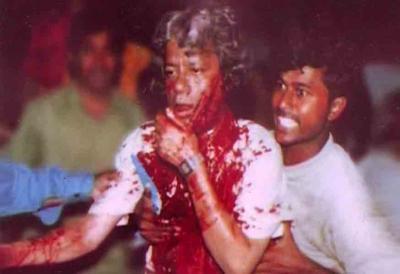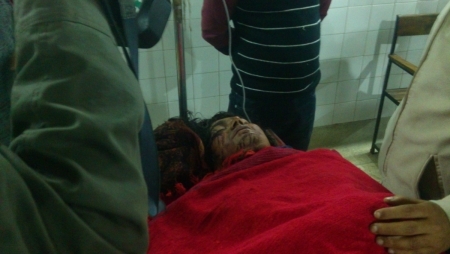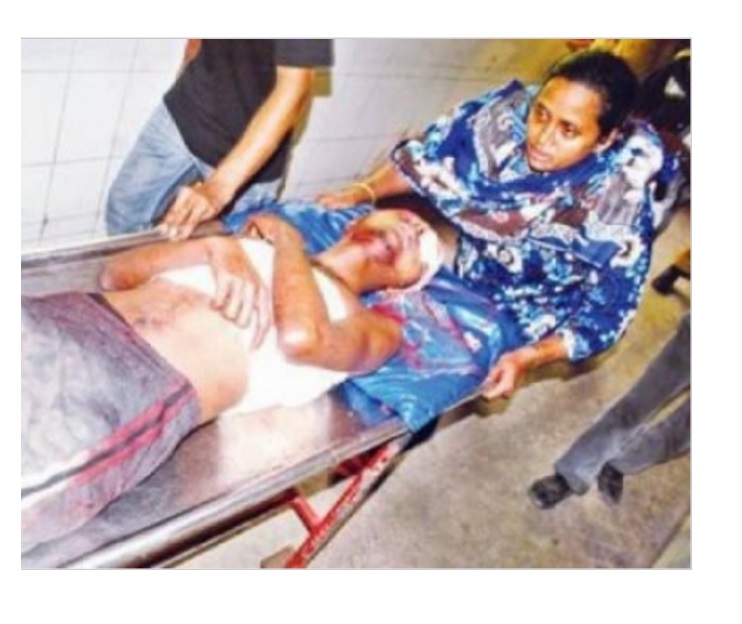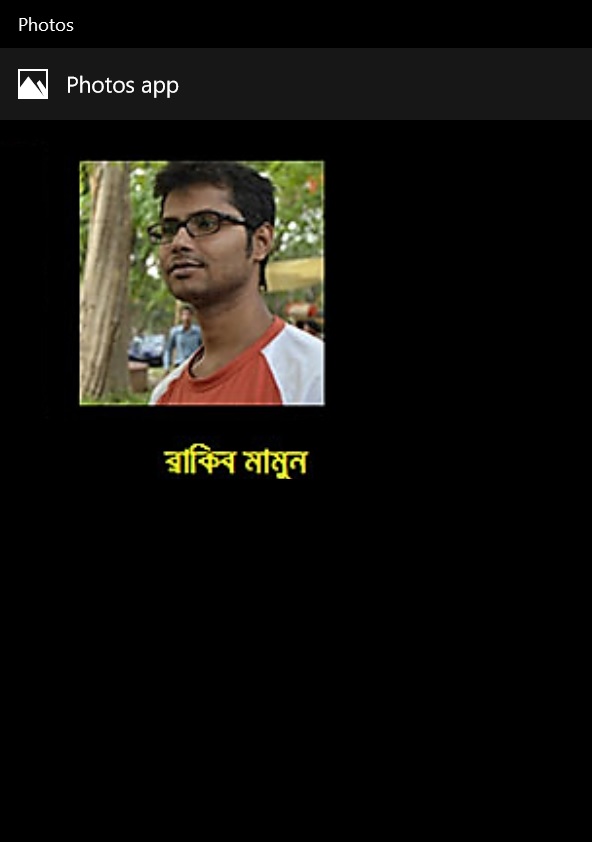
Halloween or Hallowe’en, a contraction of all Hallows’ Evening, is a celebration brought to the USA by the Irish and Scottish immigrants in 19th century. In the late 20th century this celebration of Halloween was also observed in other western countries. Now, in the present time Halloween is celebrated in almost all the western countries namely, USA, Canada, Ireland, UK, and many other countries. Other than the countries mentioned earlier it is observed being celebrated in countries like Japan in Asia, as well as in Australia and New Zealand. According to the popular belief among the people of Irish, British Welsh community, the pagan god of death Samhain (SAH-win) calls upon all the souls/ spirits of the dead people. According to the belief, in that night all the man made laws are no longer active and the dead spirits are allowed to join the world of alive world. They also believed that, all the dead spirits lived in a land in the form of immortal youngs, and were called “Tir nan Oge”. Some believed that the dead ones lived with angels.
It was told in a folklore that, all the dead ones come to the alive world in order to take on a new body form for the upcoming new year, in the night of 31st October. In order to be protected from the influence of evil spirits necessary precautions are taken. Such a ritual was to make new sacred fire in the next dawn, which symbolizes also the upcoming new year.
In Britain and Ireland the clerics would reunite in a dark mountain in the Oak Forest in order to make sacred fire and to sacrifice seeds and animals. They would dance and sing around the fire till dawn, in a belief that would show the path to the destiny in the upcoming year. In the dawn, the clerics would wear the coal which was burned from each families.
Halloween was also celebrated in Bangladesh in 21st century. The first wave plunged on to Humayun Azad. Then it started with the murder of Rajib Haider on 15 February 2013. Then it maintained its pace by killing Avijit Roy. Bangladeshi Halloween is completely different from that of other countries.
The history of religious killing is very old. The evil practice of religious killing is brought to this century by the fanatic religious people. In recent times the celebration of Halloween is also observed in the Islamic countries as well as in India. But it is now a big event for the Islamic Mullahs. Halloween is celebrated in many countries such as Bangladesh, Pakistan, Afghanistan, India, Saudi Arabia, Iran, and other Islamic countries. Islamic fanatics believe that the free thinking writers call upon the people to the freedom and thus their religious cheating business are under threat. Although the Halloween is celebrated in a particular day in western countries, it is celebrated whenever the time seems right in fanatic religious countries. It is celebrated by killing of two writers in a same day, or the celebration can be postponed for months for the lacking of “chances”.
Fanatic religious people believe that the blessings of god rains down upon then whenever they celebrate Halloween in their own terms. As many as 72 of whores and gelmans are be reserved for their life after death. Westerns believe that the in the day of Halloween dead souls come to the living world to take a new body, and the fanatics believe that the whores begin waiting for them since that day. Religious Fanatics believe that their place in heaven is confirmed as soon as they book a place for the writers in hell.
In western countries people get dressed as horror figures, but in Bangladesh a guy having beard wearing long white gown is an iconic horror figure.

Daud Haider lives in Germany. Who exiled for his Poem In 1974. Fundamentalist said they were hunted by his writing poems.

Fundamentalist groups called a conference and gave a statement to ban Taslima Nasrin’s books and demanded for her punishment.

Fundamentalist groups demanded capital Punishment of writer & Intellectual Professor Ahmad Sharif.

Shamsur Rahman, a prominent Bangladeshi poet was attacked by fundamentalists on 18th January 1999

27 February 2004, Bangladeshi author, poet, scholar and linguist Humayun Azad had been attacked at book fair on Dhaka about 8:30pm

Arifur Rahman worked for the ‘ Alpin’ a satirical publication of “prothom-alo”. In 2007 he had been arrested for one of his cartoon that allegedly hurts the mass religious sentiments. At prison he had been attacked by islamic fundamentalists. Now he is at Norway.

Asif Mohiuddin a known Bangladeshi blogger. He had been attacked on 15th January 2013 around 10pm after his office at uttara, Dhaka

Ahmed Rajib Haider a blogger from Bangladesh and also An architect by profession, On the night of 15 February 2013, he was attacked and hacked to death at Mirpur, Dhaka

Bangladeshi blogger Russel Parvez, Subrata Shuvo and Mosiur Rahman Biplab had been arrested for allegedly hurting religious sentiment on 1st April 2013. After 2 days police also arrested Asif Mohiuddin

Jagat Jyoti Talukdar an activist of Ganajagaran Mancha and Blogger, had been hacked to death on 2 march 2013 at Sylhet

Zia Uddind Zakaria was an activist of Ganajagaran Mancha and Blogger. He was hacked to death on 2 march 2013 at Sylhet

Blogger and Engineer Sanaur Rahman had been attacked by fundamentalists on 9 march 2013 at mirpur pallabi, Dhaka

Rayhan Rahee and Ullash Dash of chittagong had been attacked by Islami chatra shibir on 30th march 2014 on chittagong. Picture of Rayhan Rahee

Arif Rayhan Deep a 3rd year student of BUET had been attacked and hacked to death on 9 April 2013, at Dhaka

Blogger Tanmoy Ahmed Moon was a student of BUET had been attacked by fundamentalists on 11 august 2013, at- Gaibandha, Bangladesh.

Facebook user Rakib Mamun had been attacked for being atheist on 24 june 2014, at- dhaka

Ashraful Alam a student of Capital University Ashulia, Savar. He had been attacked and hacked to death for being anti-Islamic on 30th September 2014

On 16th November 2014 Dr. A K M Safiul Islam a prominent teacher of University on Rajshahai had been attaked and killed for talking against HIJAB at- Rajshahai, Bangladesh.

Anjali Devi Chodhuri was a Lectureer of Chittagong Nurshing Instute. 11 January 2015, she was killed for only hijab issue on her institute.

In 2015, Bangla Academy banned ’23 Years of Prophet Muhammad’ by Ali Dasti, , simply for such a silly demand raised by a fundamentalist group – Hefazat-E-Islam. The fundamentalists’ group had also threatened the owner of Rodel Publisher for publishing the book.

In February 2015, a Bangladeshi-American computer engineer and founder of the secularist website Mukto-Mona, Avijit Roy, was hacked to death in a Dhaka street. Islamic terrorist nearly killed Ahmed too: slicing off her thumb and covering her body with wounds.

Avijit Roy donated his body at Dhaka medical college.

30 March 2015, Washikur Babu had been murdered around 9:00 am at way to his office.

Writer Ananta Bijoy Dash had been attacked and killed in Sylhet, on 12 may 2015,

Blogger Nlioy Neel had been killed at his home on 7 august 2015-at Dhaka

For Publishing Avijit Roy’s book, owner of the publication “Jagriti Prokashoni” named Faisal Arifin Dipon had been hacked to death by Islamic fundamentalists on 31 September 2015 at Sahabag, Dhaka

Office in Dhaka on October 31 in 015 publisher of Avijit Roy and owner of “Suddhasbara” Tulul along with writer and blogger Ranadipam Basu was injured on 31 October 2015

31 October 2015: Ahmed Rashid Tutul was injured in his publication at “Suddhasbara” , Dhaka

31 October 2015: Along with Ahmed Rashid Tutul poet Tareq Rahim also was Injured seriously
In Bangladesh Islamic terrorist no only they attack Atheist, they also attack and kill believer person of different thought. 21 December 2013, they killed six people in a house at Gapibagh in Dhaka city.

Six people were killed by Islamic terrorist group. Lutfur Rahman (60), his son Monir Hosen (30), His follower Saidur Rahman (30), Mujibur Rahman (32), Russel (30), Rahman’s house boy Monjurul Alam were killed.

Famous TV anchor Mawlana Nurul Islam Farooki had been killed at his own residence on 27 September 2014. His Followers said – Jamat has responsible for the murder

6 October 2015, A religious leader named Khizir Khan had been killed by extremists on Dhaka

5 September 2015: At Ser-shah Bangla bazaar, Chittagong; the extremist group killed 2 people inside a Shrine

24 October 2015, At least one person has been killed and nearly 80 wounded on Saturday in a bomb attack outside the main Shia site in the Bangladeshi capital Dhaka as thousands gathered for the annual Ashura procession, police said.

26 November, 2015 At least a devotee was killed and three others were injured as gunmen opened fire entering a Shia mosque in Shibganj upazila of Bogra this evening.
This soil of us- contains the blood of hundreds of our brothers. Similar incidence happens 44 years ago at 1971 by Pakistan in thins very same soil. Now this job is performed by Radical Islamists. Intellectual Killing by Religious Fundamentalists has a thousand year history. Ahmad Rony made a wonderful video on this killing. You can watch the video, the link is given below.https://www.youtube.com/watch?time_continue=2&v=OCYM40PyQqg
